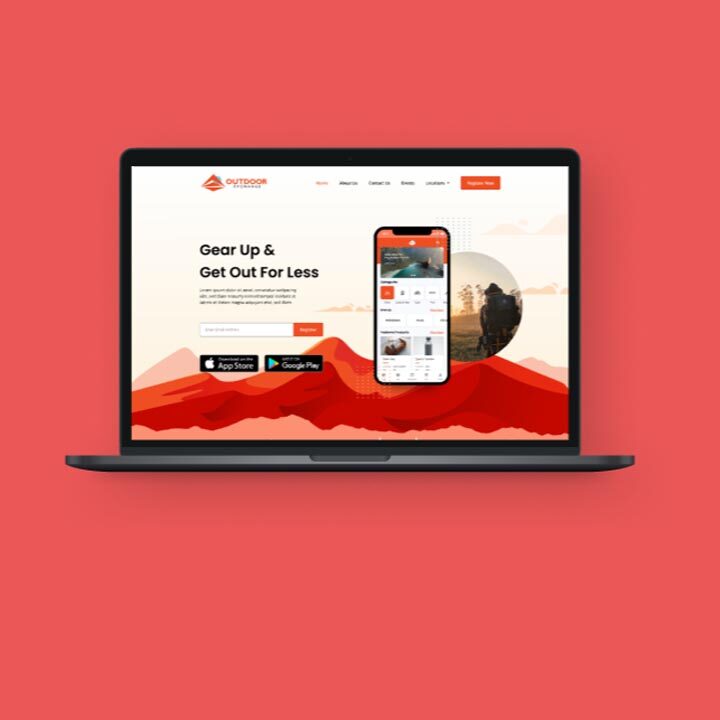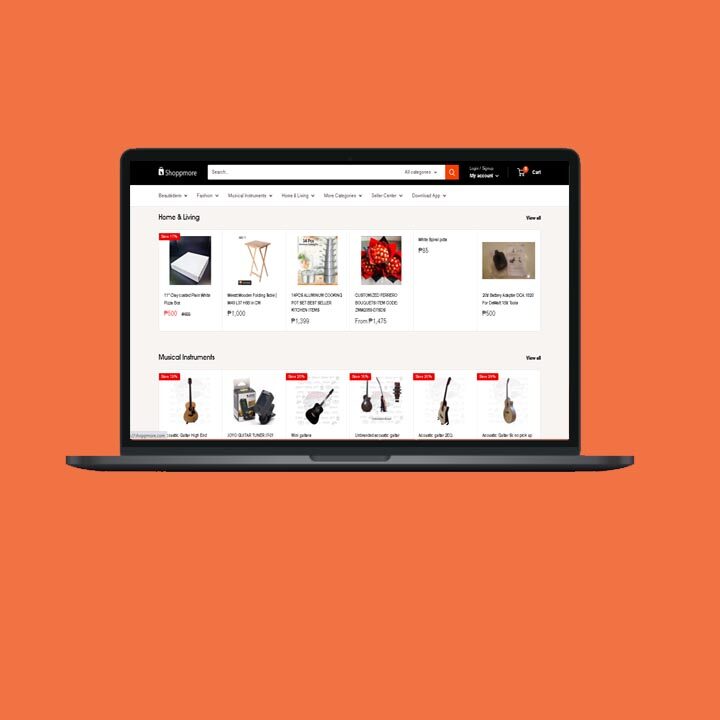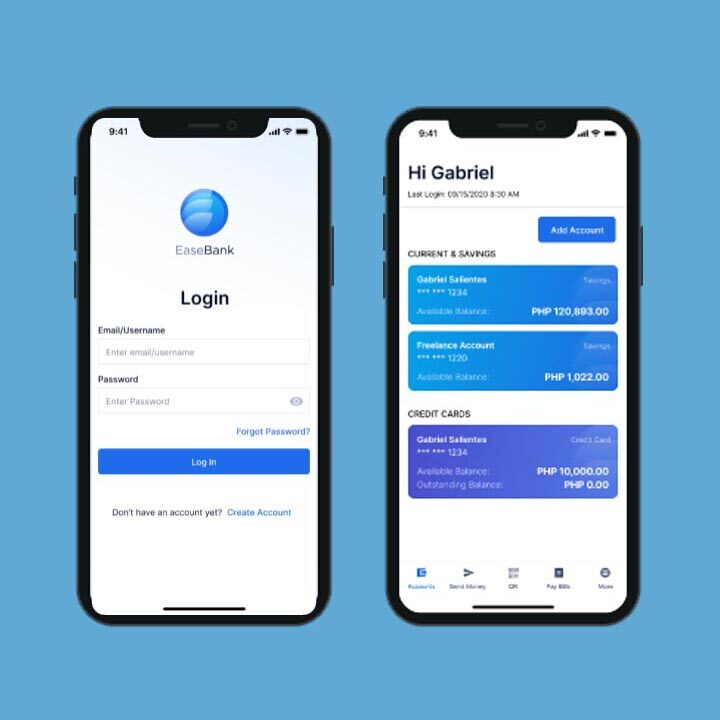How to Pick the Best Web Design for Your Business (2023 Guide)
Planning and structuring the content of a website starts with visualizing it. These days, it is not just about how aesthetically pleasing your site will look- but also how well-structured it will be. You need to consider all aspects when designing a website including interactive elements such as web apps, mobile apps, and user interface design.
Did you know that good web design can greatly improve your performance in search engines such as Google? It’s important to note that while it may look nice, it has to function properly and rank well so it doesn’t just sit there.
Here’s a list of important things to consider and our bonus tips on creating the best web design for your business: functionality, site structure, mobile-friendly, clear call-to-action, free help options, and consistency.
Website Functionality
Web functionality for a good user experience is determined by what it’s like for the user to find the information they need, or purchase the product they want. Sites that prioritize function over aesthetics provide more benefits for their users.
Have you ever clicked on a link to a website and had no idea what was going on because it took so much time for the page to load?
You can’t keep people’s attention for too long. Unless they’re rewarded or engaged in something within five seconds of loading your page, they’ll find something else to do.
Bonus tip: Make sure your website loads in five seconds or less.
If you want to make your long flash presentations stand out, put them on pages other than the home page.
Website Structure
Website structuring refers to how you organize your website’s content. Without proper structuring, visitors will have a difficult time navigating through the posts and pages available for viewing.
In order for your blog to rank well in search engines such as Google, it is important for them to be able to parse each individual piece of content accurately and efficiently without much confusion or trouble.
Bonus tip: Include no more than five options on the menu bar.
Your site should be tailored and focused on purpose, rather than trying to appeal to everyone’s needs. That way it can offer valuable content to some without diluting its main appeal to any. On the homepage, your visible links reflect the simplicity and focus of your site design.
If you believe your website needs more than five menu options, make some of them sub-menus that are only accessible if the user picks one from among the five main ones.
Mobile-Friendly
A mobile-friendly website is one that has been modified so that the user experience does not change when it is accessed on a computer or a mobile device. Features such as navigation menus are hard to use on small screens, thus limiting their inclusion in the design of this type of site.
Bonus Tip: Test your site on real mobile devices
Testing on real devices helps identify and resolve any issues or inconsistencies that users may experience while using the device.
Run as many user scenarios as possible on real browser-device-OS combinations to ensure customers can have an easy and efficient browsing experience no matter what their mobile device or operating system is.
Visible and Clear Call-to-Action
A Call to Action (CTA) is an instruction on a webpage encouraging visitors to take some kind of action. This can include anything from short instructions such as “Find Out More”, “Subscribe to Our Newsletter”, or “Call Us Now”.
Bonus Tip: Make sure that your website is informative and interactive.
On each page of the website, clearly let people know exactly what you want them to do.
Would you like them to contact you? Order your product or service? Add a comment on your website. Whatever it is, make this call to action noticeable both through textual and graphical methods.
Clear Help Options
You don’t want to miss out on potential sales (or business, or whatever your goal for your client might be) just because someone wasn’t able to reach you when they needed assistance.
Bonus Tip: Make sure it’s clear where people can find assistance anywhere on the site – whether through phone, email, live chat, callback requests, user forums, and frequently asked questions.
Consistency in Design
It has been said before, but it bears repeating: the look and feel of your website as a whole is simply determined by how well you combine each individual component.
Pay close attention to every detail of your new site. Use relevant colors and graphics, pay attention to font size, ensure that messages are readable and make sense, and ensure images look crisp and presentable.
Elements that you deem insignificant might make all the difference between an unsatisfied customer staying on your site or finding one of your competitors.
Whether you design your own website, hire a professional designer, or take advantage of free templates, these things mentioned are some key things to consider in order to make an effective website for your business.
Still unsure how to start designing a website for your business? Keep reading…
There are many features to consider that can make or break the end result. Though you may not want to splurge too much on your site at first, taking time to analyze each of these points ensures that you produce an impressive final output in no time.
1. Your website’s purpose
Before working on a new website project, it is important to identify and define the major objectives you hope to meet.
If you need to increase your sales, then you will want to generate more leads. Does this mean you’ll need more traffic? Or conversions? Higher conversions lead to higher credibility in the industry which translates into increased reach and improved search ranking opportunities for your brand.
Do you want the visitors to purchase something from your website or contact you? Are you running an e-commerce website or are you a service company? A business looking for direct sales would prefer more buyers of their products, while those who offer services may need someone to contact them.
How many visitors are needed to reach these goals? Using the conversion rate, it is possible to see how much traffic will be needed on your website.
These are just a few examples of the types of questions that may help you create a web design that is aligned with your business goals or purpose.
2. Your website’s target audience
Great design begins with knowing your customer base. Knowing about your customers is critical for choosing the appropriate design elements, such as fonts, color schemes, layouts, and navigations.
Along with knowledge about your audience’s demographic information – such as who they are, where they’re located, and their age range – it’s important to know what makes them tick. Who are these people? What is it that drives them on a daily basis? What kind of values do they have? Which other brands or companies will they buy from? Do they use any specific kinds of products regularly?
Knowing what they need and want from a website will help you create one that best suits their needs.
3. List down features required for your website
Planning a web design for your business can be hard. Though there’s no one size fits all solution, there are some basic functionalities and content areas you should include to make it an effective marketing tool. These are the following:
- Accessible Contact Information. If a visitor can’t find your contact information on your website, there’s a chance they’ll go to your competitor that does have it available.
- Brand Logo. It’s often missed by small business owners, but it’s also one of the most important aspects of a business website. A logo design is the face of your company, so an unattractive or forgettable one can be detrimental to your marketing efforts.
- Testimonials. Potential clients need to trust you before deciding to work with you. According to an article from BigCommerce, customer testimonials had the highest effectiveness rating for content marketing.
- Updated Blog. Quality content is one of the most important aspects when it comes to marketing strategy. Blogs are an excellent way for the company’s SEO to skyrocket, which in turn leads them to rank higher on search engines like Google, Bing, Yahoo, etc.
- Social Media. It would be best to include social media icons on the web page or a section on the Contact Page linking to your various social media sites. This way people can find you immediately and effortlessly.
- FAQs Page. The frequently Asked Questions (FAQ) page is usually where visitors may find extra information pertaining to the business. An effective FAQ page educates, informs, and provides guidance for all visitors – causing them to be 100% satisfied with what they found when leaving your website.
4. Search for a web design company that meets your business needs
It is important to take the time to find the right website design company for your business.
Many elements go into crafting a good website for your brand, so it is important to research which company offers the best quality of work. After all, it’s your business, and you deserve the best possible website out there. Ask plenty of questions – be picky – and make sure that the web design company offers what you need.
Get the expertise of DigiGlobal Solutions team and make your way into becoming a better business!







